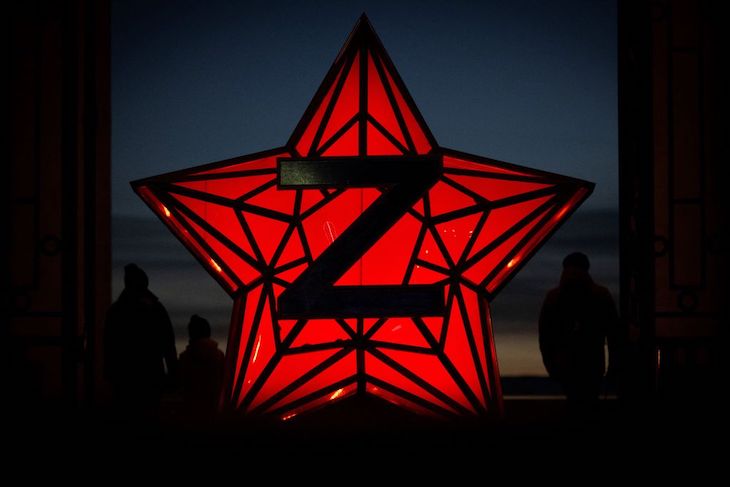Is war coming our way? The warning last month from Admiral Rob Bauer, the chairman of Nato’s Military Committee, indicates as much. ‘Anything can happen at any time’, Bauer said, as he suggested Nato should prepare for a conflict with Russia in the next 20 years.
No less alarming – in fact, rather more so – is the language emanating from Moscow.
Already a subscriber? Log in
Subscribe for just $2 a week
Try a month of The Spectator Australia absolutely free and without commitment. Not only that but – if you choose to continue – you’ll pay just $2 a week for your first year.
- Unlimited access to spectator.com.au and app
- The weekly edition on the Spectator Australia app
- Spectator podcasts and newsletters
- Full access to spectator.co.uk
Or




















Comments
Don't miss out
Join the conversation with other Spectator Australia readers. Subscribe to leave a comment.
SUBSCRIBEAlready a subscriber? Log in